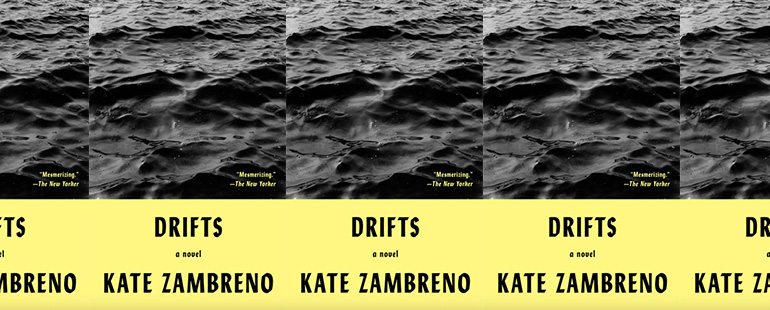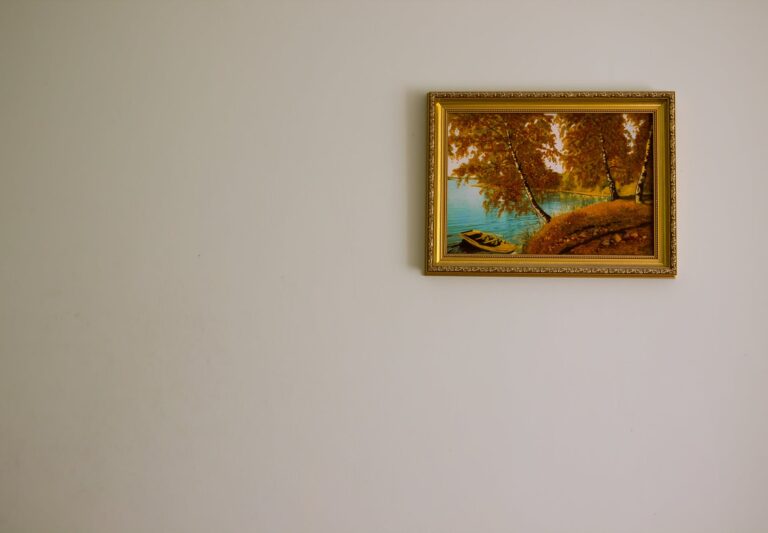Tracking Time in Kate Zambreno’s Drifts

The narrator of Kate Zambreno’s 2020 book, Drifts, exists in a formless way, drifting through her days, collecting fragments. She is working towards a coherent whole—a novel, which is supposed to be pieced together through these fragments—but the organization of notes, of ideas, eludes her. There are themes—art, Maria Rainer Rilke, the impossibility of organizing one’s days, the precarious existence of a writer, her bodily inputs and outputs (eating, sex, farts, shit)—but what does it add up to? Zambreno’s narrator seems to be saying that these fragments are all she is, all any of us are. We do not live linear lives, playing out a narrative that takes us from point A to point B; rather, we obsess, we circle, we ruminate, we go through our same habits and rituals every day, floating on the sea of time, fooling ourselves into thinking we are exercising an agency we don’t have.
Zambreno has long been known for writing in a fragmentary, messy style that does not fulfill the expectations of plot and active narrator. I’ve always thought that in doing so she was saying something about what it means to exist as a woman—to have bodies that are messy, but that must appear clean and groomed; to be cyclical creatures, bleeding monthly, in a world that sees time as only linear. This reminds me of Susan Pickard’s book Age, Gender and Sexuality through the Life Course: The Girl in Time (2018), in which she argues that to live life as a woman is to be bound to time, with our lives dictated by its passage, in contrast to the lives of men, which enact agency on time and space. The feminine self, she says, is “a self that is deeply gendered with temporality at its core,” beholden to the fluctuations of time and its effects on identity and the body. Pickard believes gender liberation cannot happen with identity bound to time in this way. But Zambreno, and other writers (Rachel Cusk’s Outline trilogy comes to mind), seem to be offering an alternative: there is a way to exist in which our art and our thinking comes about through a close attention paid to our bodies, our dailiness, our obsessions. Zambreno’s narrator is asked early in the book, “Who are the characters in your novel . . . and does anything happen?” The rest of the novel seems to offer this answer: that the self comes into being through an ongoing “dynamic contemplation” and co-creation with the surrounding world; that maybe all we have and all that ever happens is our understanding of what happens to us and around us, and how we filter that through our minds, mediated by our bodies.
The narrator’s days are filled with snippets of art, literature, film, observations on the train, sweet but sometimes uncomfortable interactions with strangers, and a lot of time sitting on her front porch with her little dog, Genet. While this narrator, and Zambreno, is an astute consumer and critic of art of all forms, this meshing together of her daily experiences seems to suggest that it is not just the high art created in the painter’s isolated studio that matters—it is also the art of dailiness, the art of watching the world pass by. All is worthy of attention, the most valuable gift we have to give, and all is worthy of philosophizing. It is no wonder that Zambreno’s narrator frequently invokes Ludwig Wittgenstein. She recounts: “that story of Wittgenstein sitting with a fellow philosopher in the garden, pointing at a tree and saying over and over, ‘I know that is a tree.’ When a stranger enters the garden, Wittgenstein tells them, ‘We are not insane, we are doing philosophy.’” Similarly, Zambreno’s narrator pushes back on the idea that to be sitting on her porch, wearing her sunhat with her dog next to her, is lazy. “I am working,” she says, “taking notes and thinking . . . A spiritual stance, more active, like decreation. The state where the writing of the fragment replaces the work.” The dailiness is the art, just as the observation and articulation of our ordinary language was Wittgenstein’s practice of philosophy.
As if claiming this new orientation to time and narrative-making, Zambreno’s narrator tracks time through everything except the calendar. For example, she tracks time and thought by her movement through the spaces she inhabits. Obsessed as she is with Robert Walser, she describes how he would walk miles “as a way to not exist, to disappear into the landscape. His walking, as his writing, a sign of his absorption.” Zambreno’s narrator has a similar relationship with walking. She ambles aimlessly through Manhattan on her days off, and she paces her neighborhood streets, seeing the same sights and same people day after day. She writes of an elderly woman she often waves to, who sometimes seems to recognize her, and frequently asks her what day it is: “sometimes I tell her, but in the summer, when all the days begin to bleed together, I sometimes will not remember, and we stand there, for a moment, having no idea where we are in the week.” Instead of the day, they have the flowers that are in bloom or the leaves that are fading. Zambreno’s narrator also has the cats that roam the streets around her house. She tracks one cat in particular, a cat that she eventually comes to refer to as “her cat.” She says, “I marked in my notebook whenever I saw the cat, keeping track of her comings and goings. In this way, as with keeping track of my interactions with the old woman, I felt that I was at work on my novel.” Later, in a breathtaking passage, she writes of the “unbearable beauty” in seeing the trees of her childhood, which stand outside of her father’s home, decaying. She feels an urge to photograph them, to document the passing of time, but notes that her father would not understand. She says, “it felt impossible to try to explain to him how unbearably beautiful I found the decay of these trees from my childhood. And that art for me is a way to remark upon solitude, for myself and others. A way to mark time.”
The narrator also tracks her time through her correspondences with other writers, notably Anna and Sofia, both women novelists around the same age as or older than the narrator. She writes to them, and other correspondents, throughout the book, sometimes many times within one day, and at other times with large gaps between replies. With Anna, the correspondence circles around the idea of success, of being women writers not receiving as much recognition as men, of Anna’s surety of her own genius. The narrator corresponds more with Anna at the beginning of the book, when she is trying still to wrangle her experience into the shape of a novel. Anna wants to go inward, to rid herself of the outside intrusions on her art. “It seems impossible,” Anna writes, “to work on a novel while living with another person. It seems contrary to what is necessary to write a novel, which is to be alone.” As the book goes on, the role of primary correspondent shifts to Sofia. Sofia shares more of the narrator’s sensibilities: the insecurity, the understanding of the impossibility of defining oneself, the obsession with collecting remnants of the lives of other artists and writers. Sofia declares that the narrator’s work is about “the contemporary being interrupted”—in other words, about the day-to-day realities of living in a body, not the disconnected life of the artistic bachelor, cut off from the dailiness of existence for the sake of his art.
The last thread that runs throughout Drifts as a way of tracking time is the body itself. Zambreno’s narrator comments on every time she has her period, describing moments in which she bleeds through her trousers in a café, on the train, even in court—this private, hidden aspect of her existence made suddenly, violently, public. Zambreno’s narrator, writing about experiences of previous months, injects her present self: “I realize, writing this, that I have not had my period in some time. I don’t have that to mare time anymore, the obliteration of the pain, the days elapsed in bed.” She finds out she is pregnant, and deeper into her pregnancy her “growing belly traces the passage of time.”
In this way, the dailiness becomes the art; the fragment becomes the whole. These daily ways of tracking time are a way of tracking her existence. Without the daily remembrances, she is not sure where or who she is: “so often, when inside, I look at my inbox like an oracle, to remind myself that I still exist.” She writes of Rilke’s urge to withdraw from the daily—“how it was necessary to refuse the exigencies of the day, how he felt bored when he met his baby daughter at Christmas, he didn’t want anything to disturb his writing life.” Our narrator feels a close kinship with Rilke and his peripatetic ways, but here she differs, as she proclaims, “bring me the exigencies of the day.” Rilke disdains the distractions that intrude on his writerly solitude—“He wishes he had no pleasurable memories of not working.” But that was not in the cards for him: he kept moving, unable to stay in one place for any length of time, unable to incorporate the monastic rituals and routines of the artists he worships. Zambreno’s narrator herself tries, at one point, to apply a ritualistic rhythm to the day, but in the end, she does her best work out in the world, wandering through Manhattan, observing a stranger applying makeup on the train, commiserating with the woman who works at the dry cleaners. It’s this outer space, where she inhabits her body, “a throbbing, public thing,” and intersects with the people and landscapes in her path that proves to be the most fertile ground for art.


